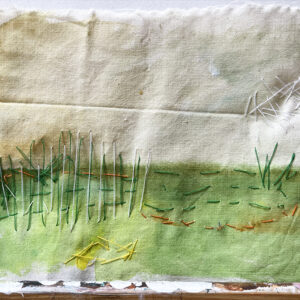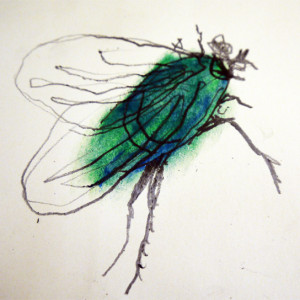Drawing Source Material: Wild Flowers
A collection of imagery and sources which you can use to prompt drawing in schools and community groups.
Please note that this page contains links to external websites and has videos from external websites embedded. At the time of creating, AccessArt checked all links to ensure content is appropriate for teachers to access. However external websites and videos are updated and that is beyond our control.
Please let us know if you find a 404 link, or if you feel content is no longer appropriate.
We strongly recommend as part of good teaching practice that teachers watch all videos and visit all websites before sharing with a class. On occasion there may be elements of a video you would prefer not to show to your class and it is the teacher’s responsibility to ensure content is appropriate. Many thanks.
This resource is free to access and is not part of AccessArt membership.

Wild Flowers
Use this collection of films as source material for pupils exploring wild flowers. In the first instance you might want to pause the videos as suitable points to enable the children to carefully look at the main forms and details. Try to create a sense of momentum – for example you might pause the video 4 times and ask the pupils to make a 1 minute, 2 minute, 3 minute and 4 minute drawing at each pause.
Encourage close and slow looking by talking as they draw – use your voice to attract their attention to features of the flowers.
When pupils are more experienced, you can also try getting them to make their drawings as the videos play – making quick gestural sketches.
Drawing Exercises
-
Have the children draw in a quiet room, with the video on the whiteboard.
-
Stop the video at a chosen frame and use your voice to direct their drawing. Choose words which relate to the imagery, for example you might decide to focus their attention on vertical lines, so you might choose words like: line, growth, upward, downward, fall… or you might choose to attract their attention to the energy of a wave or the curve of a plants stem. Think carefully about the words you use – they don’t have to be used in sentences – you can speak lists.
-
Each sketchbook response might take just 3 to 5 minutes, then move on to another still. Create a sense of momentum.
-
Direct pupils to use a chosen medium. You might like to start with soft pencil or handwriting pen.




